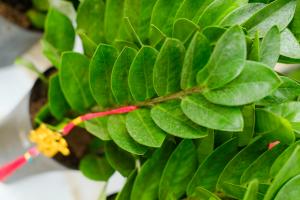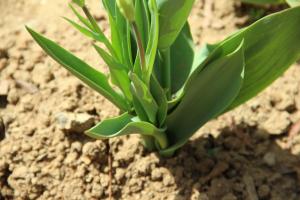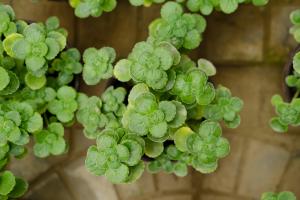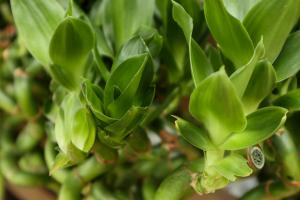Introduction
Bare root trees are a cost-effective way to plant trees in your garden or orchard. They come without any soil or pots, making them easier to transport and store. However, planting bare root trees requires a bit of extra care to ensure healthy growth. One of the most important factors to consider is how deep you should plant your bare root trees. In this article, we'll explore the optimal depth for planting your bare root trees.
Why is planting depth important?
The depth at which you plant your bare root trees is critical to their survival and growth. Planting too shallowly can cause the tree to dry out and die, while planting too deeply can cause roots to suffocate and rot. The right planting depth will give your tree the best chance of quickly establishing healthy root systems and growing into a strong, mature tree. Additionally, planting trees at the right depth can help protect them from harsh winds, frost, and other weather conditions.
How to determine the right planting depth?
The general rule of thumb for planting bare root trees is to bury the roots no deeper than the original soil line. You can determine the original soil line by looking for the color change on the trunk of the tree. However, if the roots are longer than the height of the tree, you'll need to either trim them or dig a deeper hole. In general, the planting hole should be 2-3 times as wide as the tree's root system to allow for proper root growth.
Planting technique
Before planting, soak the roots in water for a few hours to rehydrate them. Dig a hole that is wide enough to accommodate the tree's root ball and deep enough to maintain the correct planting depth. Spread the roots out into the hole, ensuring they are not tangled or compacted. Gently backfill the hole with soil, pressing it lightly to remove any air pockets. Water the tree thoroughly after planting to help the soil settle around the roots.
Tips for planting bare root trees
Here are some additional tips to ensure successful planting of bare root trees:
Plant bare root trees as soon as possible after purchase. If you need to store them, keep them in a cool, dark place and moisten the roots regularly.
Choose a planting location that is well-drained, gets plenty of light, and is far enough from other trees or shrubs to avoid competition for resources.
Mulch around the base of the tree, leaving a clear space around the trunk to prevent rot.
Water the tree regularly, especially in its first year of growth.
Prune any damaged or diseased branches to promote healthy growth.
Conclusion
Planting bare root trees can be a great way to add new trees to your garden or orchard. However, to ensure healthy growth and survival, it's important to plant them at the correct depth. By following the guidelines provided in this article, you can help your bare root trees establish healthy roots and grow into a strong, mature tree for years to come.

 how many times do yo...
how many times do yo... how many planted tre...
how many planted tre... how many pine trees ...
how many pine trees ... how many pecan trees...
how many pecan trees... how many plants comp...
how many plants comp... how many plants can ...
how many plants can ... how many plants and ...
how many plants and ... how many pepper plan...
how many pepper plan...
































